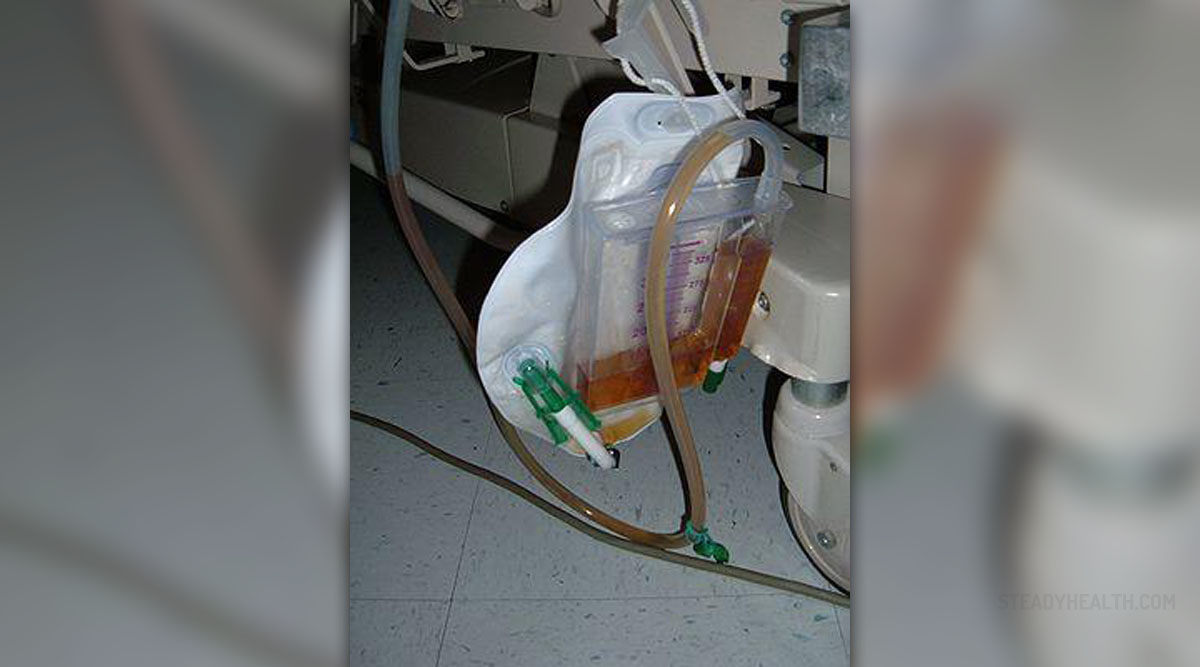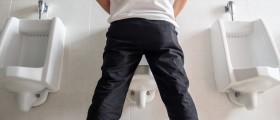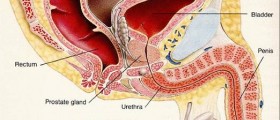
What is Intermittent Catheterization?
Intermittent catheterization is a treatment method i.e. a technique which allows safe and efficient way of managing patients suffering from urinary retention or urinary incontinence. It has been widely accepted over the course of the last 40 years.
The goal of this procedure is to prevent excessive distension of the bladder and associated complications and improve the function of the urinary tract. Its efficacy is particularly important for people suffering from neurological bladder dysfunction.
Today there are many types of catheters available. Some of these are Nelaton, O'Neil, Tiemann and Foley catheter. They are made of different material and may contain silicone, rubber, latex and even plastic.
The basic principles of catheter introduction is atraumatic insertion and prevention of infections. To prevent microorganisms from entering the urethra and the bladder during the process one needs to manipulate the catheter with clean hands, always use non-infected catheter and lubricants and prepare the meatal region in advance by cleaning it properly. There are several option available. For instance, the catheter may be used only if sterile and introduced out of the sheet. Also, one may use re-sterilized catheter introduced by hand which is thoroughly washed beforehand.
As for the term atraumatic it refers to the appropriate size of the catheter, plenty of lubricant and gentle introduction via the urethra and the sphincter of the bladder. It is of utmost important to chose the appropriate size of the catheter and manipulate with it carefully this way preventing damage to the lining of the urethra and the bladder.
The catheter is removed once the urine stops leaking. The urine is released directly into the toilet or one opts for a urinal, plastic bag. Most patients learn how to perform catheterization themselves. The procedure may be performed in different position including supine, sitting or standing position. Women initially use the mirror to see clearly the meatus of the urethra while later they get used to the technique performing it without this aid.
Procedure for Intermittent Catheterization
A sterile technique of catheterization in women begins with gathering all the necessary equipment such as towelettes, wet wash cloth/towel, aseptic cotton balls and forceps, a container for urine, water-soluble lubricant, a catheter and a mirror. Sometimes a woman might need a lamp or flashlight when the meatus cannot be properly observed.
The first thing a woman should do is wash her hands. Then she should use the mirror and determine where the urinary opening is. Once this is achieved, she opens the catheter tray and touches only the outside of the wrapping making sure not to contaminate the content. The wrapper will later serve the purpose of throwing the used equipment.
The next step is to place a sterile drape under the buttock and put on the sterile gloves. The cotton balls need to be poured with antiseptic. Once this is done, the woman is supposed to use a lubricant and cover approximately six inches of the catheter from its end. If she is right-handed, she will open the labia with her left hand and vice versa and keep them in such position until the catheter is inserted.
The next activity is cleansing the urethral opening with cotton balls and insertion of the catheter. The catheter is supposed to be held 4 inches from the tip always with the sterile hand, the one that has not been in touch with the labia.
When the catheters reaches the bladder the urine starts to flow. The insertion should go one inch further. Once the bladder is emptied the catheter is removed. If it is a tradition, a woman should measure the amount of eliminated urine. And finally, all the supplies are discarded.
In men the procedure is a bit different because of the anatomical differences. Men generally require a special intermittent catheterization pack, they use a basin of water, a soap and disposable paper wash cloths. They also use linen savers.
Before catheterization takes place the penis along with the scrotum are washed thoroughly with soap and water. The catheterization pack is opened in the same manner as it is when women undergo the procedure, carefully, paying attention not to cause any bacterial contamination.
After putting the sterile gloves on a man cautiously opens the sterile drape and places it over the genitals making sure that the penis goes through the hole in the center of the drape.
What follows is cleaning of the tip of the penis with cotton balls previously dipped in cleansing solution. The balls are manipulated with the assistance of the forceps. After that the catheter is lubricated over the entire length. The penis is held in erect position and by using the second pair of forceps the catheter is introduced into the urethra. It slides along the urethra and eventually enters the bladder. During insertion one will experience resistance when reaching certain location and then should lower the penis and continue with insertion. If one simply cannot reach the bladder, he should contact a health care provider and abort catheterization.
In the end, when the catheter reaches the bladder, urine is eliminated and the catheter gently removed. Again one might need to keep track on the amount of eliminated urine.

















Your thoughts on this
Loading...